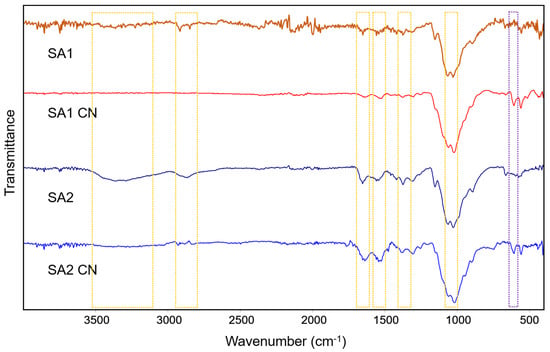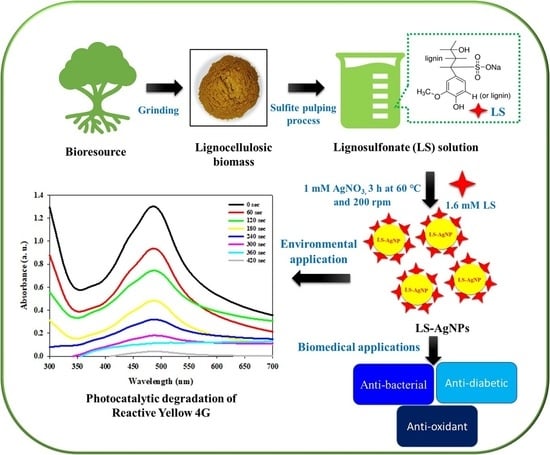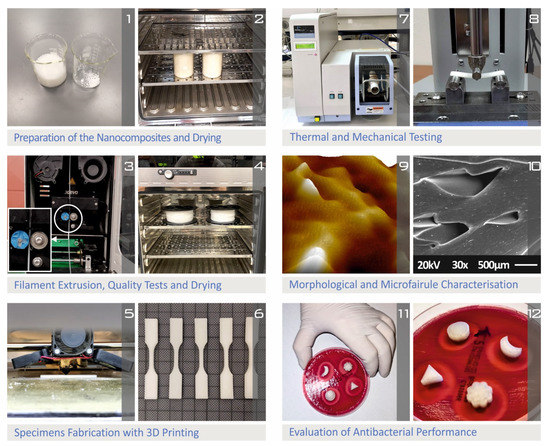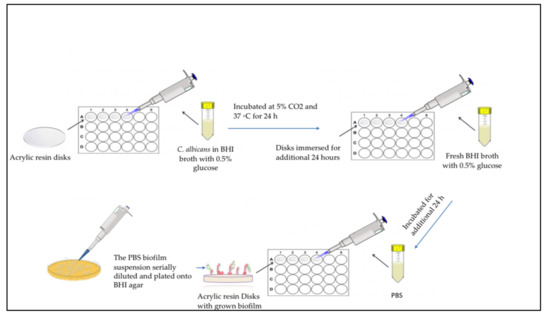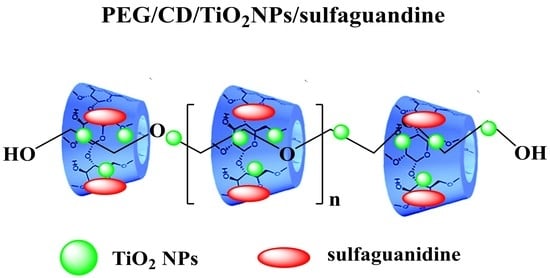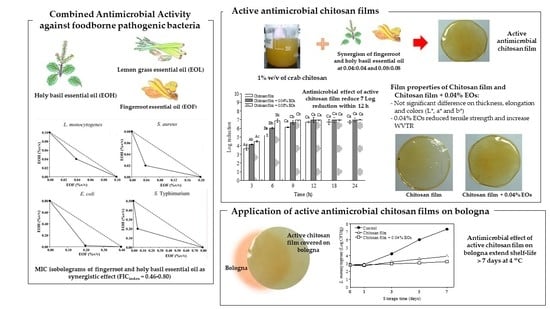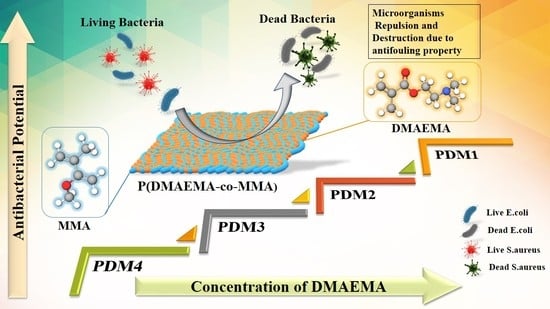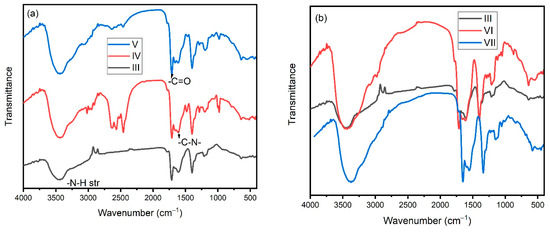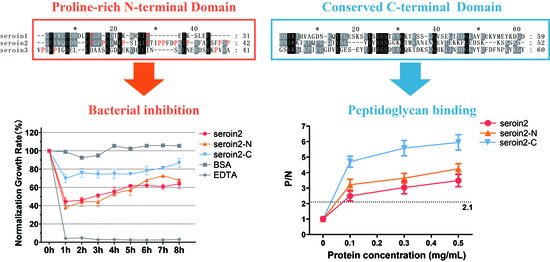Antibacterial Activity of Polymeric Materials
A topical collection in Polymers (ISSN 2073-4360). This collection belongs to the section "Polymer Applications".
Viewed by 24835Editor
Interests: nanomaterials; polymers; nanocomposites; inorganic nanoparticles; antibacterial agents; surfactants; interphases
Special Issues, Collections and Topics in MDPI journals
Topical Collection Information
Over recent years, there has been widespread use of plastics for applications in the biomedical and food industries. Materials used for these applications need to meet some requirements in terms of bicompatibility and acceptable mechanical properties. Further, it is crucial to restrict the growth of harmful bacteria or pathogens that can induce material degradation and loss of properties. Hence, it is essential to design new polymer-based materials with antibacterial action. This can be attained in several pathways, including the design of new biopolymers incorporating specific functional groups that provide antibacterial activity, the addition of inorganic nanoparticles (Ag, Au, Cu) or metal oxide nanoparticles (ZnO, TiO2) that provide biocide action, the incorporation of carbon nanomaterials (carbon nanotubes, graphene, graphene oxide) that provide antibacterial action and the addition of other active agents with biocide action.
The goal of this Special Issue is to gather the latest advances regarding the synthesis, characterization, and properties of polymer-based materials with antibacterial actions. Both original articles and reviews are welcome.
Prof. Dr. Ana María Díez-Pascual
Guest Editor
Manuscript Submission Information
Manuscripts should be submitted online at www.mdpi.com by registering and logging in to this website. Once you are registered, click here to go to the submission form. Manuscripts can be submitted until the deadline. All submissions that pass pre-check are peer-reviewed. Accepted papers will be published continuously in the journal (as soon as accepted) and will be listed together on the collection website. Research articles, review articles as well as short communications are invited. For planned papers, a title and short abstract (about 100 words) can be sent to the Editorial Office for announcement on this website.
Submitted manuscripts should not have been published previously, nor be under consideration for publication elsewhere (except conference proceedings papers). All manuscripts are thoroughly refereed through a single-blind peer-review process. A guide for authors and other relevant information for submission of manuscripts is available on the Instructions for Authors page. Polymers is an international peer-reviewed open access semimonthly journal published by MDPI.
Please visit the Instructions for Authors page before submitting a manuscript. The Article Processing Charge (APC) for publication in this open access journal is 2700 CHF (Swiss Francs). Submitted papers should be well formatted and use good English. Authors may use MDPI's English editing service prior to publication or during author revisions.
Keywords
- polymers
- antibacterial action
- bacteria
- biocompatibility
- nanoparticles
- mechanical properties.






